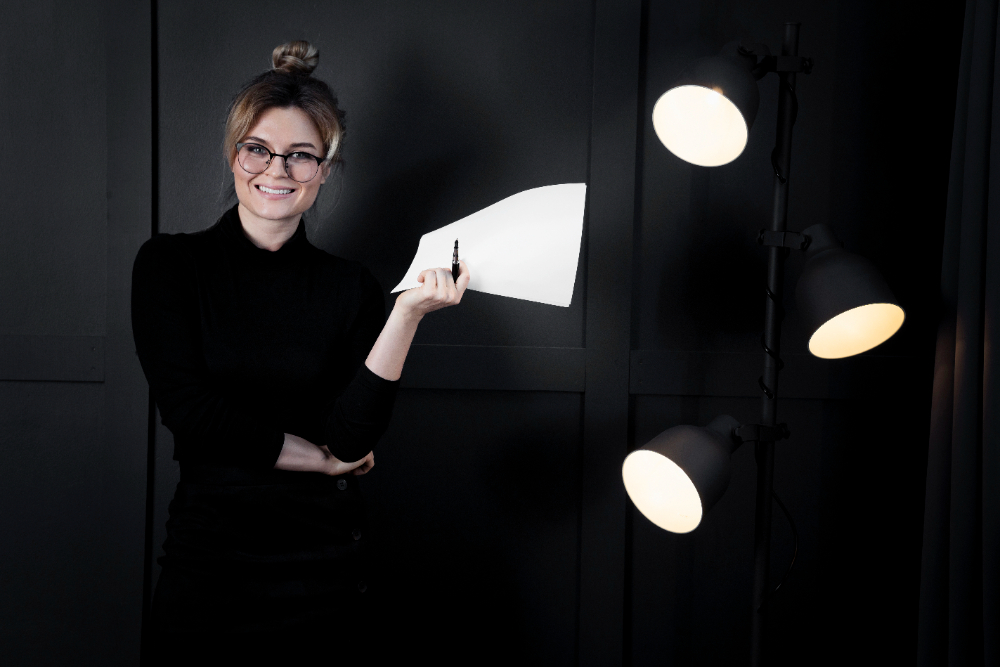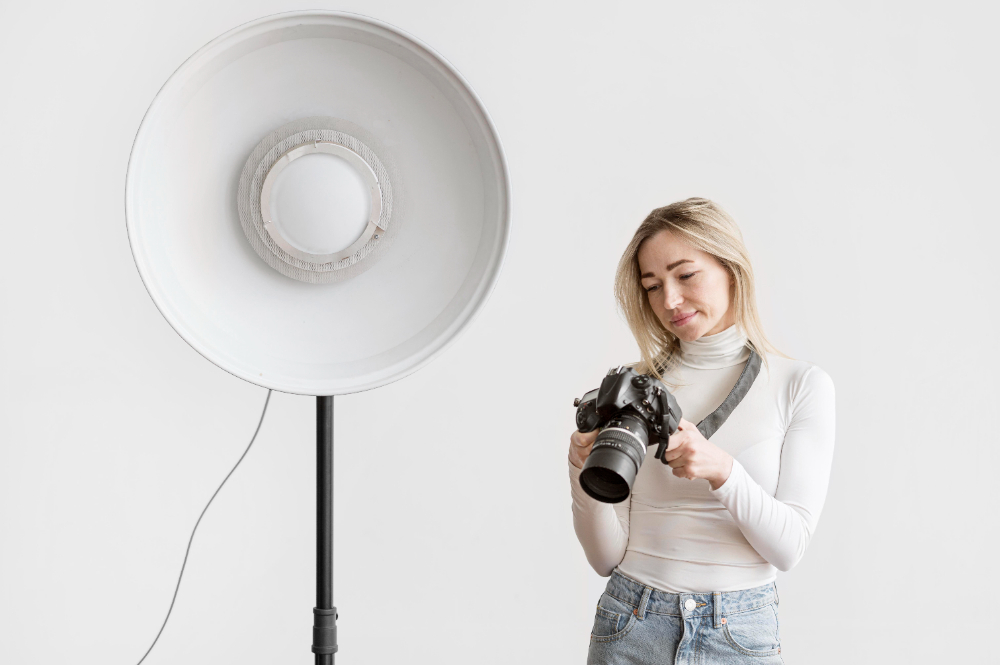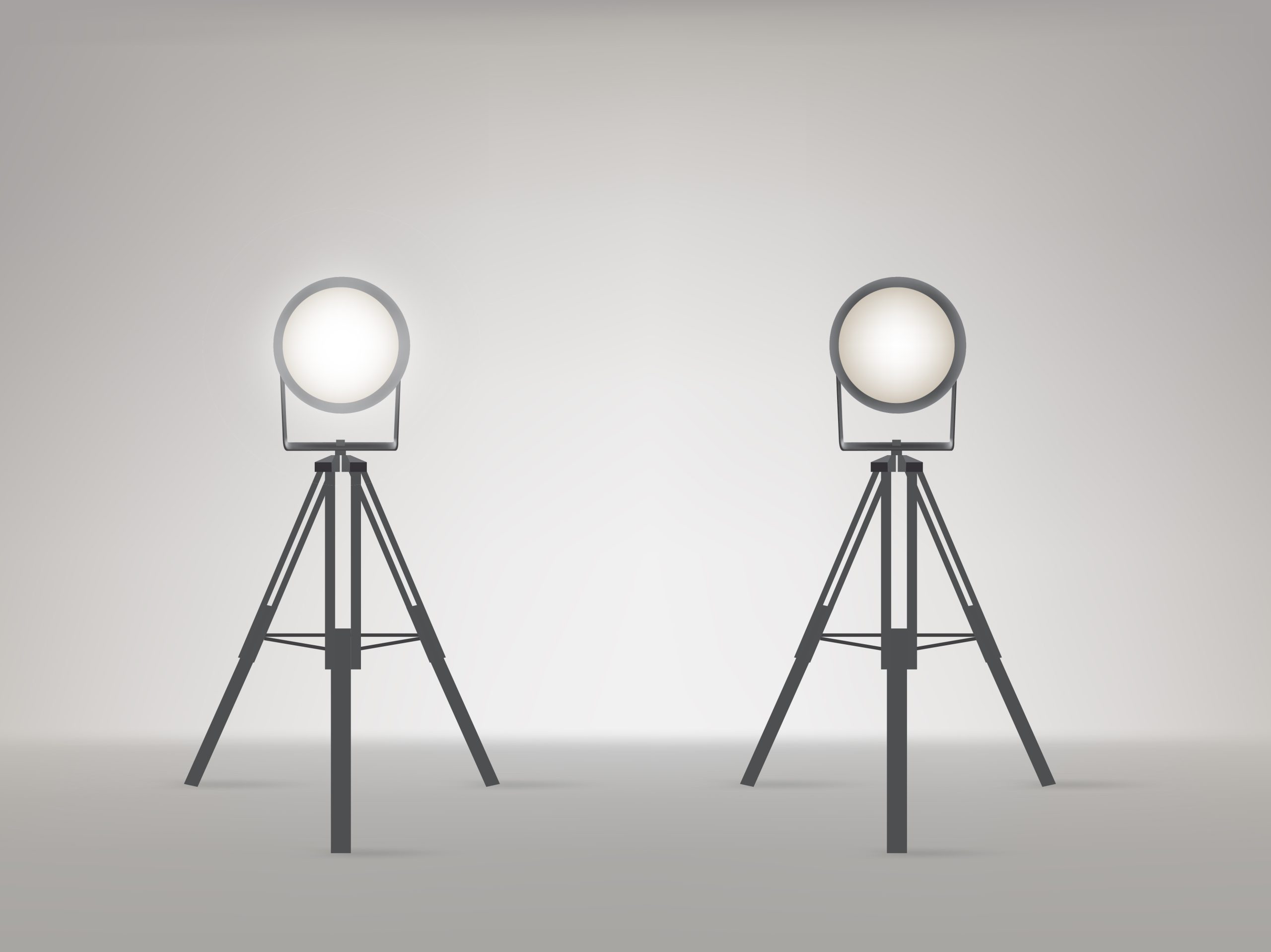Lighting is the backbone of photography. For beginners, learning to manipulate light effectively is the first step toward capturing professional-quality images. In this guide, we’ll explore essential photography lighting tips for beginners to help you master the basics and elevate your skills.
Why Lighting Matters in Photography
Lighting affects every aspect of a photograph—from exposure and texture to mood and dimension. Proper lighting can make a mundane subject look captivating, while poor lighting can dull even the most vibrant scenes.
Key Points to Consider:
- Texture and Detail: Highlights intricate details in the subject.
- Mood Creation: Soft light evokes warmth, while dramatic lighting builds tension.
- Balanced Exposure: Prevents harsh shadows or overexposed highlights.

1. Master Natural Light
Natural light is versatile, free, and perfect for beginners. By understanding how to control it, you can achieve stunning results without investing in expensive gear.
Quick Tips for Beginners:
- Window Lighting: Position your subject near a window for soft, even light.
- Diffuse Harsh Light: Use a sheer curtain or white fabric to soften midday sunlight.
- Golden Hour Magic: Shoot early morning or late evening for warm, flattering light.
2. Experiment with Artificial Lighting
Artificial lighting provides consistency and control, allowing you to shoot anytime. As a beginner, you can start small with affordable gear like LED lights or softboxes.
Simple Lighting Setup:
- Key Light: The primary source of light.
- Fill Light: Softens shadows and balances the key light.
- Back Light: Adds depth and separates the subject from the background.
3. Use Reflectors to Enhance Light
Reflectors are budget-friendly tools that redirect light, filling in shadows or creating highlights.
Reflector Types:
- White: Neutral and soft.
- Silver: Bright and cool.
- Gold: Warm tones, ideal for portraits.
4. Understand Light Modifiers
Modifiers like softboxes, umbrellas, and diffusers allow you to shape and control light.
- Softboxes: Great for soft, even lighting in portrait photography.
- Umbrellas: Disperse light over a larger area.
- Diffusers: Perfect for softening harsh sunlight in outdoor shoots.
5. Adjust Camera Settings for Exposure
Your lighting efforts will go to waste if your camera settings aren’t optimized.
- Aperture (f-stop): Wider apertures (e.g., f/2.8) let in more light.
- Shutter Speed: Adjust to control motion blur and brightness.
- ISO: Use the lowest possible ISO to avoid grainy images.

Bring Your Photos to Life with Perfect Lighting!
Mastering lighting is the key to taking your photography skills to the next level. Start experimenting with these tips today and watch your images transform. Whether it’s natural light, reflectors, or modifiers, take the first step toward professional-quality photos. Grab your camera and let the light guide your creativity!

